For businesses that want to get noticed and connect with people, graphic design is super important. But what does a graphic designer do, and why should it be on your radar? This guide breaks down what graphic designers do, how they make a difference, and why they’re important. In addition, it will give you some practical tips on how you can use graphic design to make your business run better.
Introduction to the Role of a Graphic Designer
At its core, communicating ideas and messages through visual content is the role of a graphic designer. This can be anything from the creation of brand logos to the design of websites to the creation of advertisements that appeal to a target audience. They create visual compositions that effectively convey a desired message or emotion using a mix of colours, typography, images, and layout techniques. Graphic designers do more than make things look pretty. They aim to solve problems, elicit specific responses, and motivate viewers to take action. Their work is an integral part of a company’s branding, marketing, and overall visual presentation. This makes them invaluable in the business world.
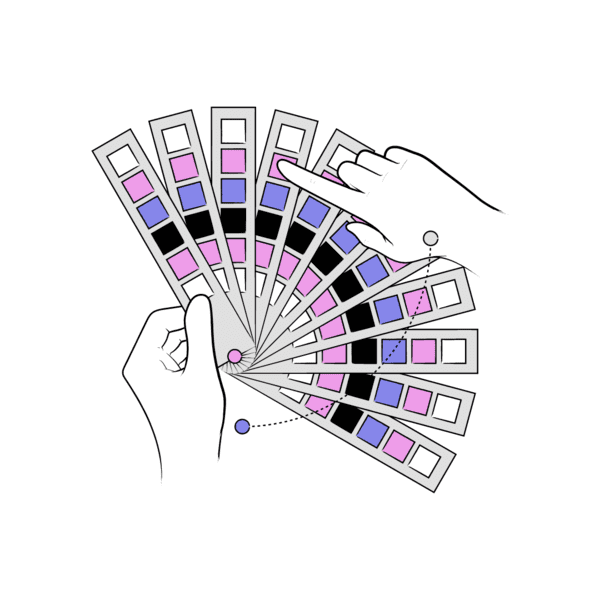
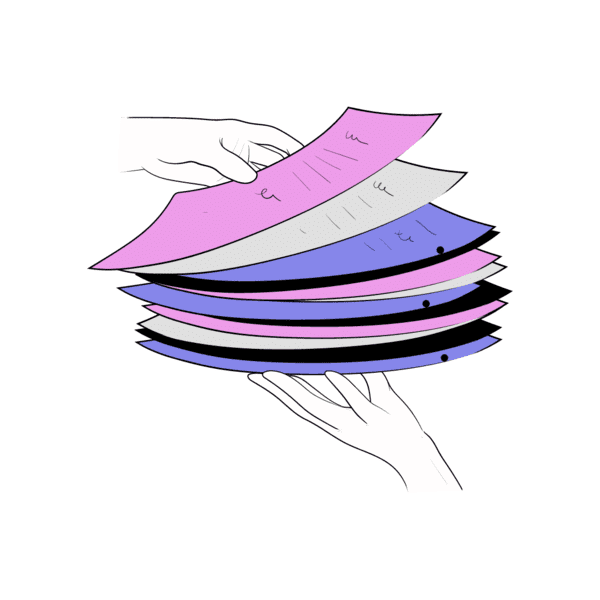
Key Responsibilities and Tasks of a Graphic Designer
Graphic designers perform a variety of tasks, each of which is critical to helping companies and brands succeed.
- One of their primary duties is creating and maintaining a company’s visual identity. This means designing logos, selecting a harmonious colour palette, and establishing a style guide, which ensures consistency across all media.
- They often work closely with marketing teams to design promotional materials such as brochures, business cards, and banners. They tailor each piece to appeal to the target audience and convey the brand’s message effectively.
- In addition, by designing websites, mobile apps, and social media content that is not only visually appealing but also easy to use, graphic designers play a crucial role in the digital realm. Their expertise in designing user interfaces (UI) and user experience (UX) can significantly impact an organisation’s online presence and customer engagement.
The Impact of Good Graphic Design on Business
- Enhancing Brand Recognition and Perception: Consistent and professional visual branding strengthens brand identity and builds consumer trust.
- Boosting Marketing and Sales Efforts: Attractive design increases engagement and conversion rates on marketing materials, which contributes to increased sales.
- Improving User Experience: Well-designed interfaces and easy-to-use layouts improve the overall customer experience, encouraging loyalty and repeat business.
- Supporting Online Presence and Social Media Engagement: Eye-catching graphics and cohesive visual content can significantly improve a brand’s online visibility and social media interaction rates.
- Facilitating Communication and Understanding: Well-designed information graphics, such as charts and infographics, can simplify complex information and make it easier for audiences to digest.
- Enhancing Product Appeal: For products, compelling packaging design can influence purchase decisions and differentiate products in a crowded marketplace.
Qualities to Look for in a Graphic Designer
When searching for a graphic designer, consider the It’s My Digital essential qualities:
- Creativity, Technical Skills, and Attention to Detail: A great designer should have a creative mindset, be proficient in design software, and have an eye for detail.
- Understanding of Design Principles and Trends: An awareness of basic design principles and current trends ensures that results are both timeless and modern.
- Communication and Collaboration Abilities: Effective communication and teamwork skills are essential to understanding project requirements and delivering solutions that meet or exceed expectations.
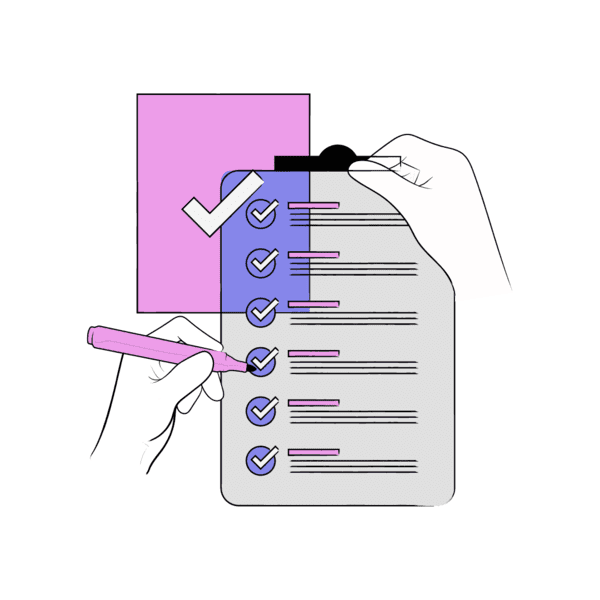
Our Brief Case Study
One memorable project that reflected both the challenges and rewards of graphic design involved rebranding a start-up. The project was ambitious. The goal was not just to refresh the logo, but to create a comprehensive brand identity that would stand out in a crowded marketplace.
Initially, the process was fraught with challenges, primarily due to communication gaps between what the client envisioned and what was technically and aesthetically feasible. However, this obstacle turned into a valuable learning experience.
Through a more collaborative approach with regular meetings and feedback sessions, we were able to bring our visions in line. The final result was a branded identity that the client loved and one that resonated well with their targeted audience. This project demonstrates the importance of communication, flexibility and creative resilience.
Where do Graphic Designers Work?
Graphic designers are needed in a wide variety of industries, which shows just how versatile their skills are. They help many fields by adding creativity and making things look good. Here are a few of the main areas in which graphic designers are important:
- Advertising Agencies: These are perhaps the most traditional settings for graphic designers. Here, they create a wide range of marketing materials for print, digital, and outdoor advertising campaigns.
- Marketing Firms: Similar to advertising agencies, marketing firms employ graphic designers to help create comprehensive campaigns that increase brand awareness and drive sales.
- Publishing Houses: Graphic designers in publishing work on the layout and visual aesthetics of books, magazines, newspapers, and online publications, ensuring that content is engaging and accessible.
- Corporate Branding: Many companies in retail, technology, finance, and more employ in-house graphic designers to work on their branding, from logo design to corporate communications materials.
- Design Studios: Specialised design studios offer creative services for branding, web design, and multimedia projects, employing graphic designers with a variety of specialties.
- Freelance and Independent Contracts: A significant number of graphic designers choose freelance careers, offering their services independently across all industries. This allows for flexibility and a wide variety of projects.
Each environment offers its challenges and opportunities, such as fast-paced agency work, steady corporate projects, or diverse freelance assignments. Graphic designers adapt to these different environments. They use their skills to meet the needs of each industry and to develop their creativity.
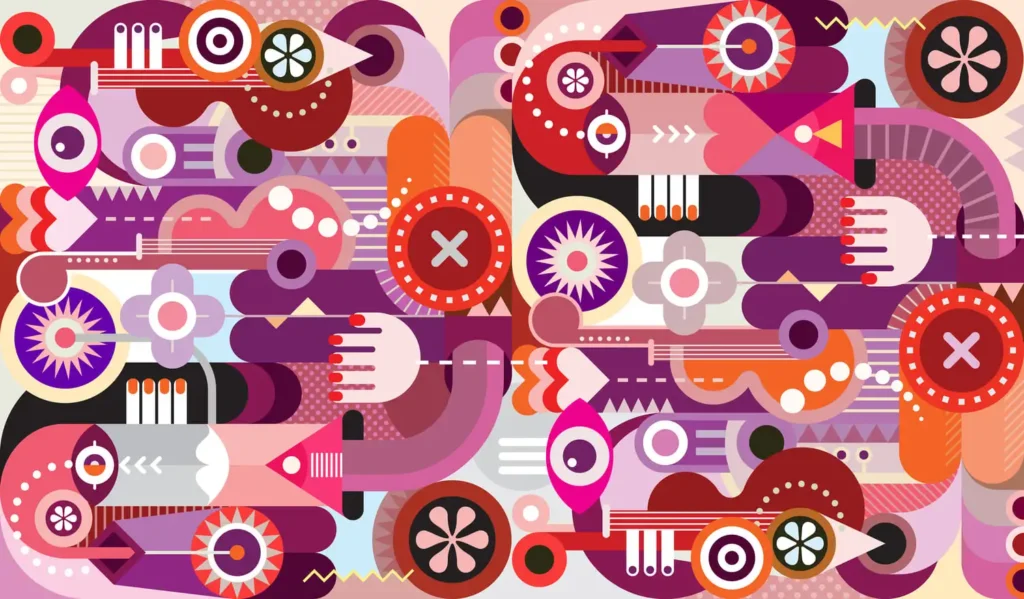
Distinguishing Graphic Designers from Related Fields
Graphic design, UX (user experience) design, and UI (user interface) design are related fields. Each has its focus, principles, and goals. Using imagery, typography, and colour to convey messages and evoke emotions, graphic designers focus primarily on visual communication and aesthetics. They create a wide range of materials, including logos, brochures, and advertisements, with an emphasis on visual appeal and brand consistency.
In contrast, UX designers focus on the overall feel of the experience, aiming to optimise how a product flows from one step to the next. They conduct user research and testing to improve usability and ensure that the product flows logically from one step to the next. Rather than focusing on the visual design of the product, UX designers focus on effectiveness and functionality.
UI designers, on the other hand, are responsible for designing the interface through which users interact with digital products and services. This discipline combines visual design (similar to graphic design) with interaction design to create digital spaces that are intuitive, easy to navigate, and attractive. UI designers make digital interfaces look good and feel cohesive.
Common Roles and Specialisations
Graphic design has many different roles and areas of specialisation, all of which have a focus on different parts of the industry. Understanding these can help clients and designers find the best fit.
- Web Designer: Responsible for designing the layout, appearance, and usability of websites. A web designer’s job may also include user UX & UI design, which focuses on making websites as intuitive and appealing as possible.
- Brand Designer: Works on developing brand identity, including creating logos, defining colour schemes, and establishing branding guidelines. Brand designers ensure that all company communications and materials consistently reflect the brand’s values and visual identity.
- Illustrator: Typically hired to create specific artwork that complements or visually represents ideas, stories, or products. Illustrators require strong artistic skills and can work freelance or as part of a creative team in a variety of industries, including publishing and advertising.
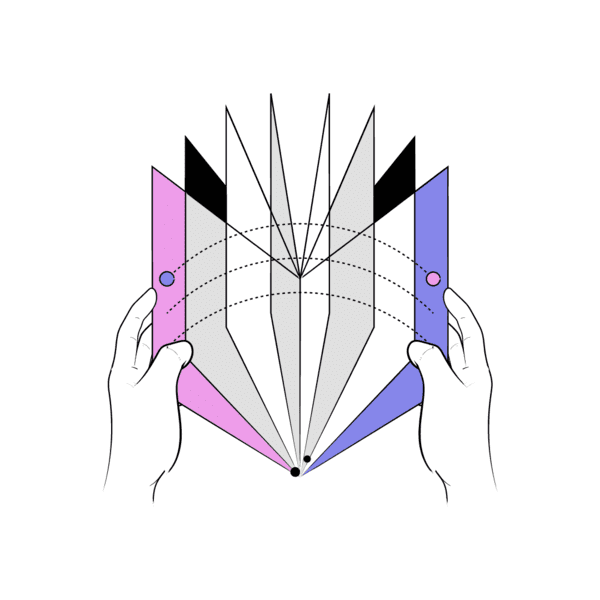
The job of a graphic designer is to create visual concepts, using computer software or by hand, to communicate ideas that inspire, inform, or captivate consumers. They develop the overall layout and production design for various applications such as advertisements, brochures, magazines, and corporate reports.


